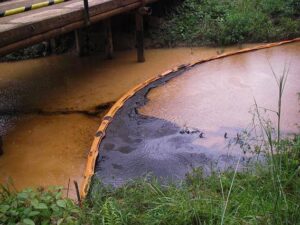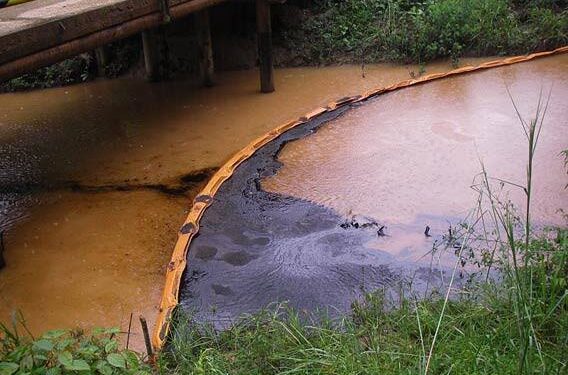In March 2025, a devastating oil spill struck Ecuador’s Esmeraldas province in the northern part of the country, wreaking havoc on the local environment and affecting thousands of lives.
The spill, which unfolded in mid-March, was caused by a rupture in the country’s aging oil pipeline system—a crucial infrastructure that spans across vast sections of Ecuador. The pipeline, under immense pressure from years of wear and tear, fractured, spilling crude oil into nearby rivers and coastal areas.
The impact on the local communities was immediate and severe. Nearly 11,000 people found themselves directly affected, as the oil began to contaminate the waterways that many rely on for drinking water, fishing, and agriculture.
As the oil spread along the coast, it threatened the delicate ecosystem of Ecuador’s northern beaches, home to various species of marine life, including endangered sea turtles and dolphins. The region, rich in biodiversity, faced a potential ecological disaster.
In response to the spill, Ecuador’s government mobilized rapidly, deploying teams to assess the damage and initiate cleanup efforts. Working alongside local environmental groups and international agencies, the government began to contain the spread of the oil.
Special teams were assembled to deploy barriers and absorbent materials in an attempt to limit the contamination of the coastline and nearby communities. In parallel, extensive efforts were made to clean the affected rivers and waterways, though the scale of the disaster meant the response was far from swift.

The United Nations, recognizing the severity of the crisis, activated its Union Civil Protection Mechanism (UCPM) through the Joint Environment Unit (JEU), which facilitated international assistance.
A team was dispatched to Ecuador, providing expertise and technical support to the ongoing cleanup and recovery efforts. But even with these additional resources, the road to full recovery remained long and uncertain, as the environmental and human toll of the spill became more apparent with each passing day.
As the country moved forward in the aftermath, the oil spill highlighted Ecuador’s vulnerability to the risks posed by aging infrastructure and underscored the urgent need for sustainable practices in oil extraction and transportation.
In the years to come, the event will likely serve as a critical turning point, not only for environmental policy but also for the broader conversation on how to balance economic growth with the preservation of the natural world.









